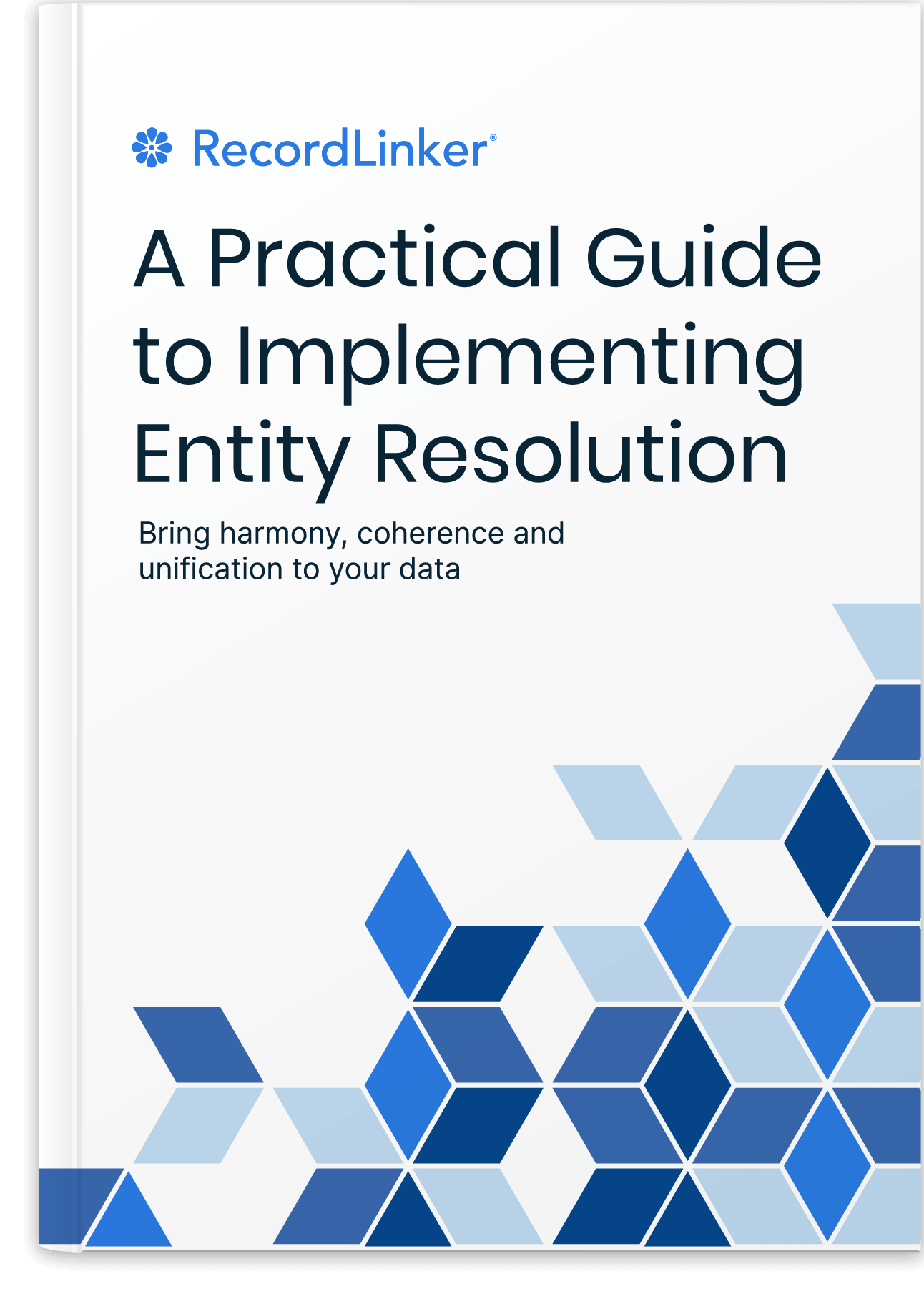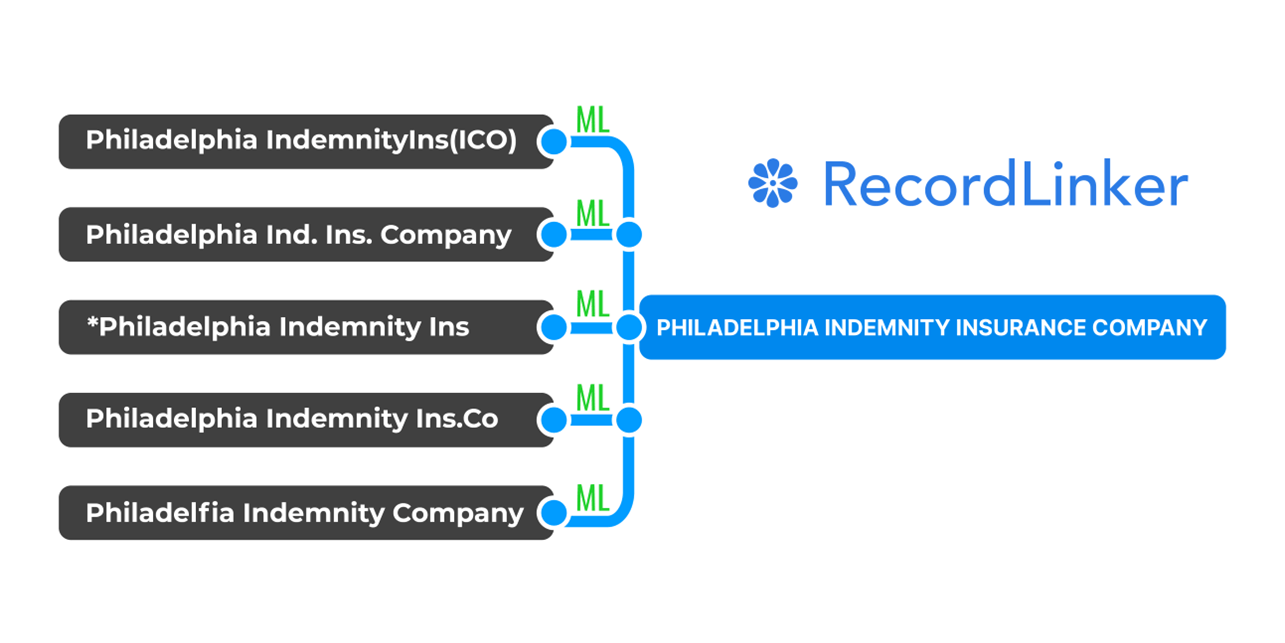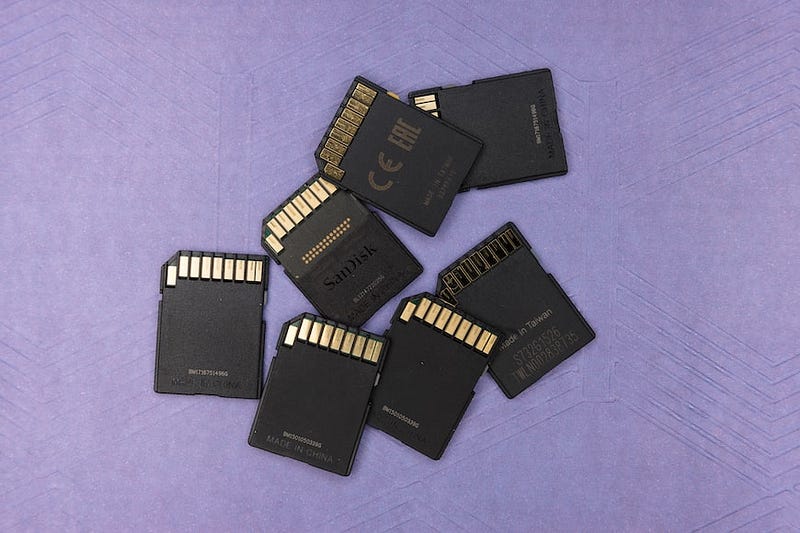Large Scale Migration Of Your Data: 10 Tips To Make It Painless
Large-scale data migration can be a daunting task, but with careful planning and execution, it can be made easier. In this article, we offer ten tips for a smooth migration, including thorough planning, automation, testing, backups, monitoring, downtime planning, data integrity verification, data cleanup, future-proofing, and documentation. By following these tips, you can make your data migration project safer and more efficient.

Large-scale data migration can be a nerve-wracking business. Data corruption, unforeseen costs, and unplanned-for downtime impact far too many organizations as they attempt to rehouse their data, and the negative consequences can last far into the future.
The more data you’re dealing with, the more complicated the migration tends to be–and the higher the stakes.
However, with the right preparation and strategy, you can make your organization’s data migration project safer and more efficient. Here are our top ten tips for a smooth migration.
1. Plan Ahead
The key to successful data migration is thorough planning. Take time to understand the data, map out the migration process, and think through any contingencies.
Your plan should include a timeline, a budget, and a team to oversee the migration process. At this point, you should also start keeping any stakeholders who rely on your data in the loop regarding your migration plans. This will ensure they have a chance to plan around the disruption.
2. Automate Where Possible
Automation can help reduce human error and speed up the process. Automated tools can help with data cleaning, migration, and validation, as well as making sure that the data is accurate and complete.
Free Book: Practical Guide to Implementing Entity Resolution
Interested in implementing an in-house record matching solution with your own development team without using any outside vendors or tools?

There are a number of tools on the market that can help with automation, such as ETL tools, data replication tools, and database migration tools. The right choice for you will depend on the type of data you’re migrating, as well as the sources and destinations involved.
3. Test Early and Often
Before migrating large amounts of data, it’s important to test the process in a safe environment. Testing will help you identify any potential problems and ensure that the data migration process is successful.
Test your migration using a small amount of non-critical data and take note of any complications that arise. If necessary, make adjustments and repeat the process until you can trust that your migration will be successful.
4. Back Up Data
Before migrating large amounts of data, make sure that you have a backup in case something goes wrong. Backing up the data to an external hard drive or cloud storage will help you quickly recover if there are any problems during the migration process.
Be aware that backing up vast stores of data can be time-consuming and expensive. However, this is a vital step in the data migration process. If the worst happens, your backup may be all that saves you from a crippling data loss.
5. Monitor Progress
Keep an eye on the data migration process to ensure that it’s progressing as expected. If you’re using an automated tool, you may be able to set up alerts that will notify you of any potential issues during the migration process.
Before even starting the migration, you’ll need to decide on your metrics for success and track progress against them. For example, your metrics might include the percentage of data migrated within a certain timeframe, the time it takes to complete the entire process, or the number of errors that arise during the process.
6. Plan for Downtime
Depending on the amount of data you’re migrating and its place in your business operations, you may experience a certain amount of downtime. This is why it’s important to plan ahead and ensure you’ll have the resources available to handle any outages or delays.
If the downtime is likely to interfere with customer service, you should also consider a backup plan for providing support during the transition, such as a dedicated support line that you promote with a banner on your website.
7. Verify Data Integrity
Once the data migration is complete, it’s important to verify that the data is intact. This will help you identify any potential problems, such as corrupted data, and fix them before they interfere with your operations.
If you’re using a software solution to migrate your data, make sure to use an integrated validation tool that can verify the integrity of the data.
8. Clean Up Data
Data migrations are a perfect time to get rid of old or unused data. This will help reduce the size of the data set and make it easier to manage. While you’re at it, consider using a data cleansing tool to deduplicate records, correct errors in your data, and optimize your data formats to increase efficiency.
9. Prepare for the Future
As you’re preparing to migrate data, think ahead and plan for the future. This will help you ensure that the data is structured in a way that will make it easier to manage down the road.
For instance, give thought to which data sets will be used more frequently and make them easier to access. Meanwhile, create a data storage structure that is flexible and can easily scale as your data needs grow. That way, you’ll avoid the frustration of having to carry out another migration in the near future.
10. Document Everything
Documentation is key when it comes to data migration. Documenting the process and the decisions you make will help you troubleshoot any issues that arise and provide a reference for future migrations.

Plan for a Headache-Free Migration
Migrating data is a reality for many businesses, and it can be a daunting task. Whether you’re moving data from an old system to a new one, or transferring data between two different locations, large-scale data migration can quickly become overwhelming if you don’t have a clear plan in place.
By approaching migration with a strategic mindset, and ensuring that backups, testing, and careful monitoring figure into your approach, you can prevent costly mistakes and keep your data safe.

Interested in improving the quality of your data, but don’t have the time or resources to create a master data management program from the ground-up?
RecordLinker is here to help. Our data integration and management platform can quickly connect your disparate data sources, identify and deduplicate records, and keep your data clean and up-to-date.



